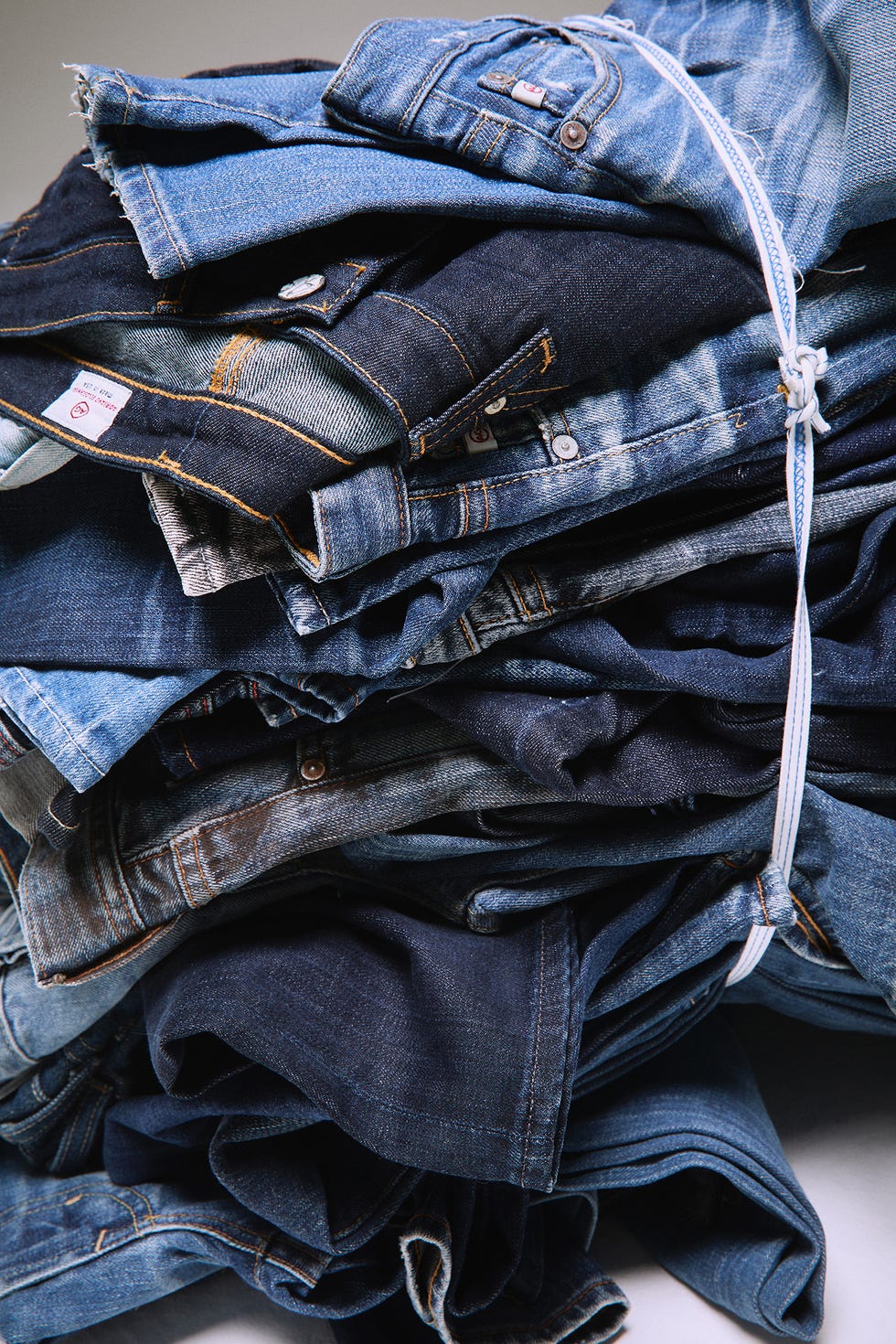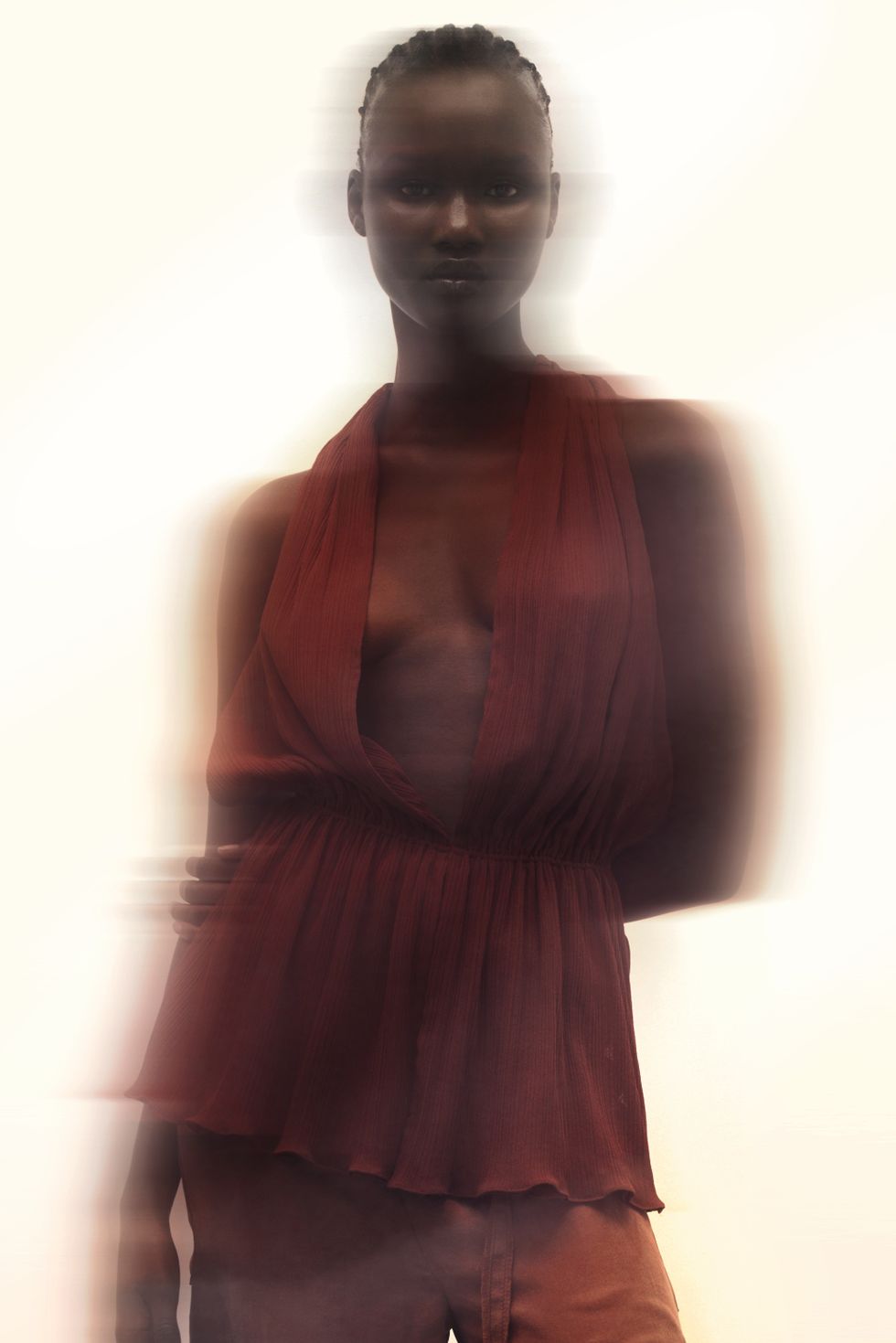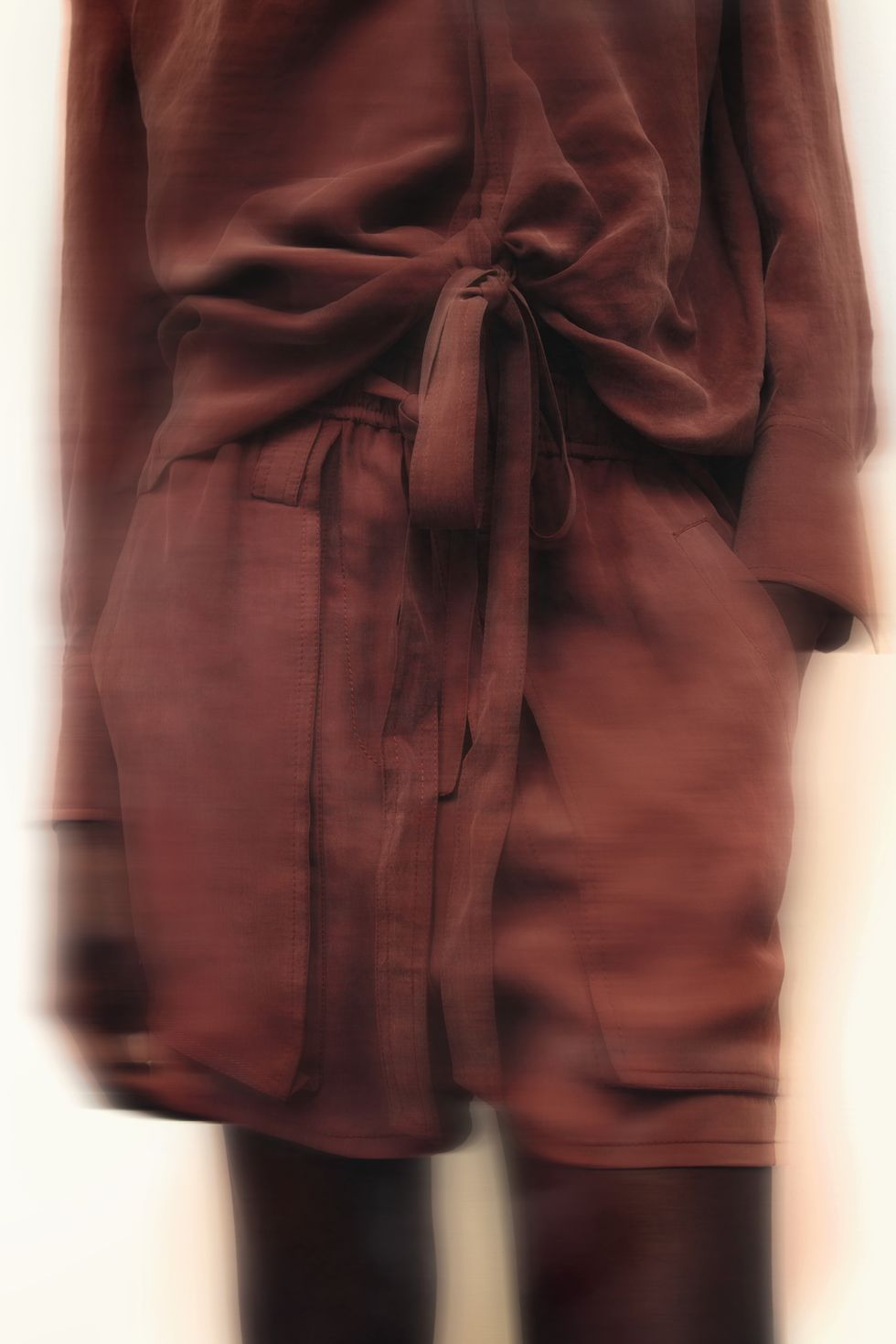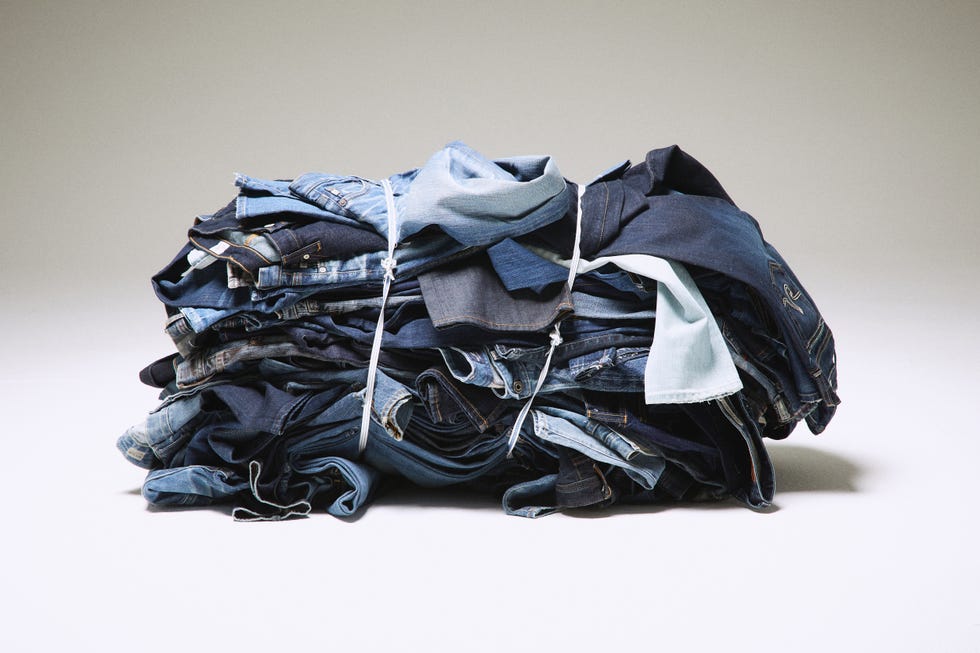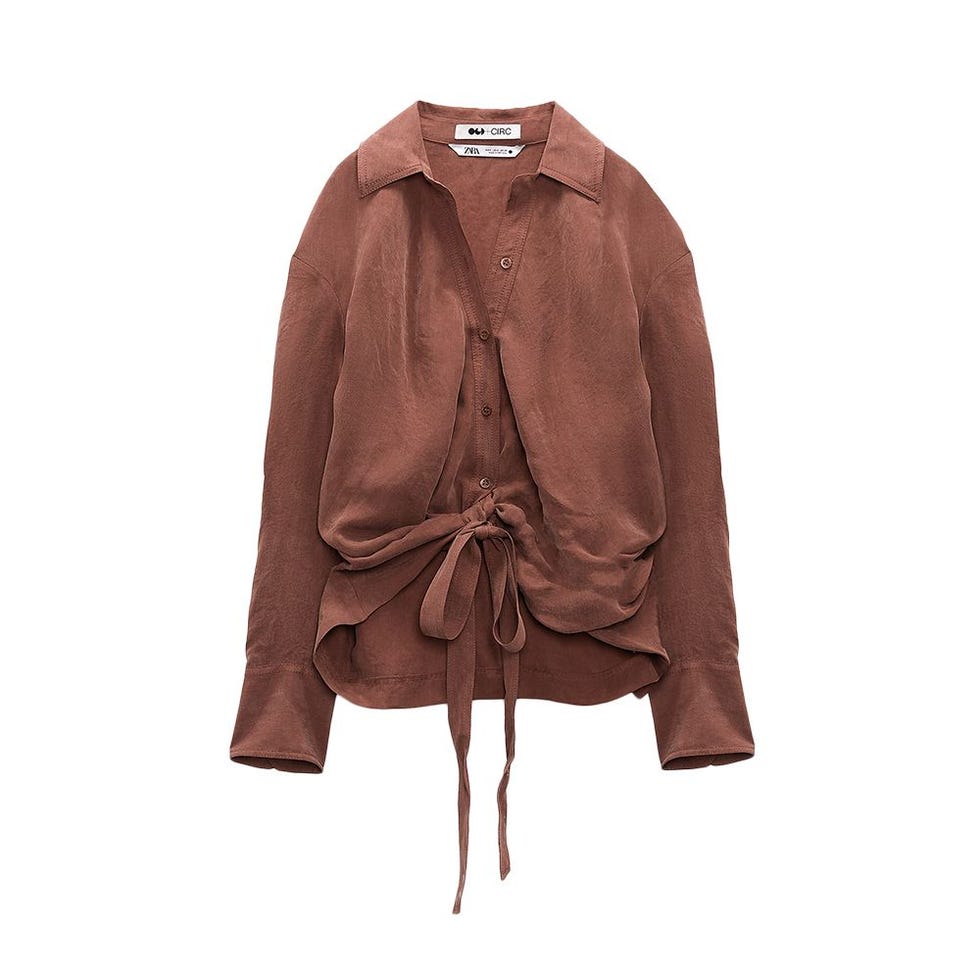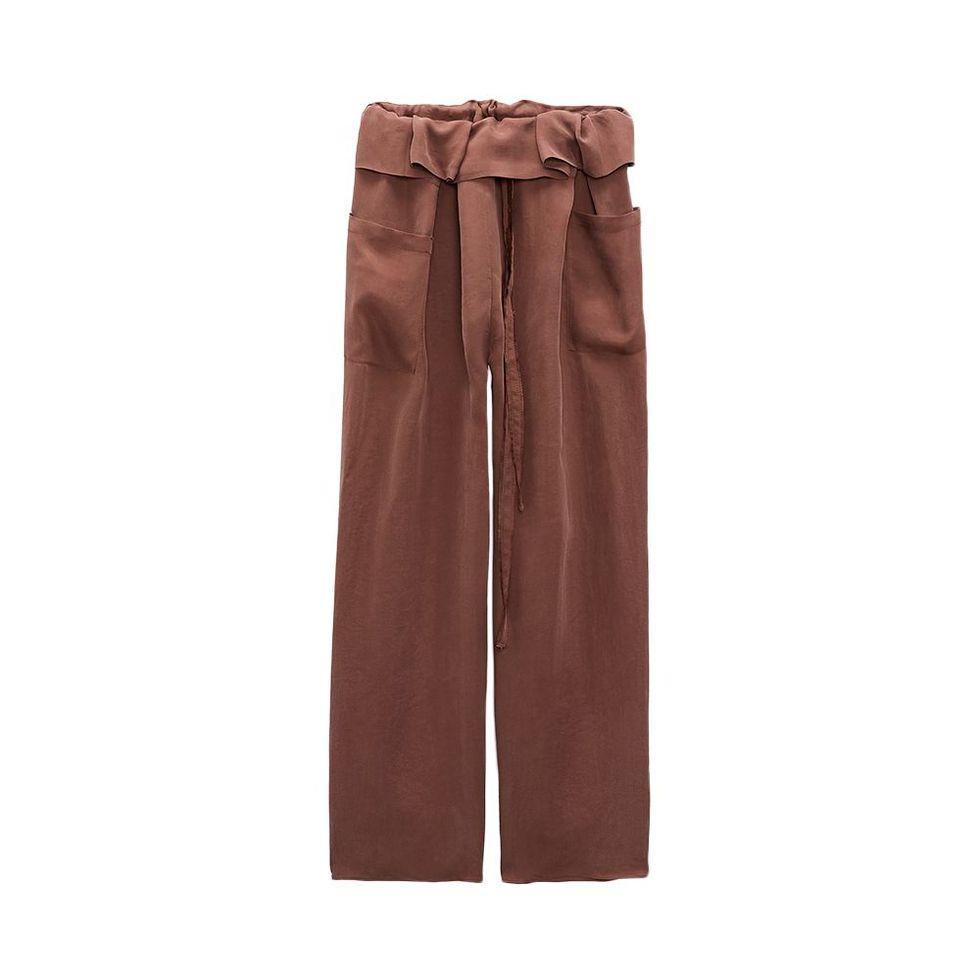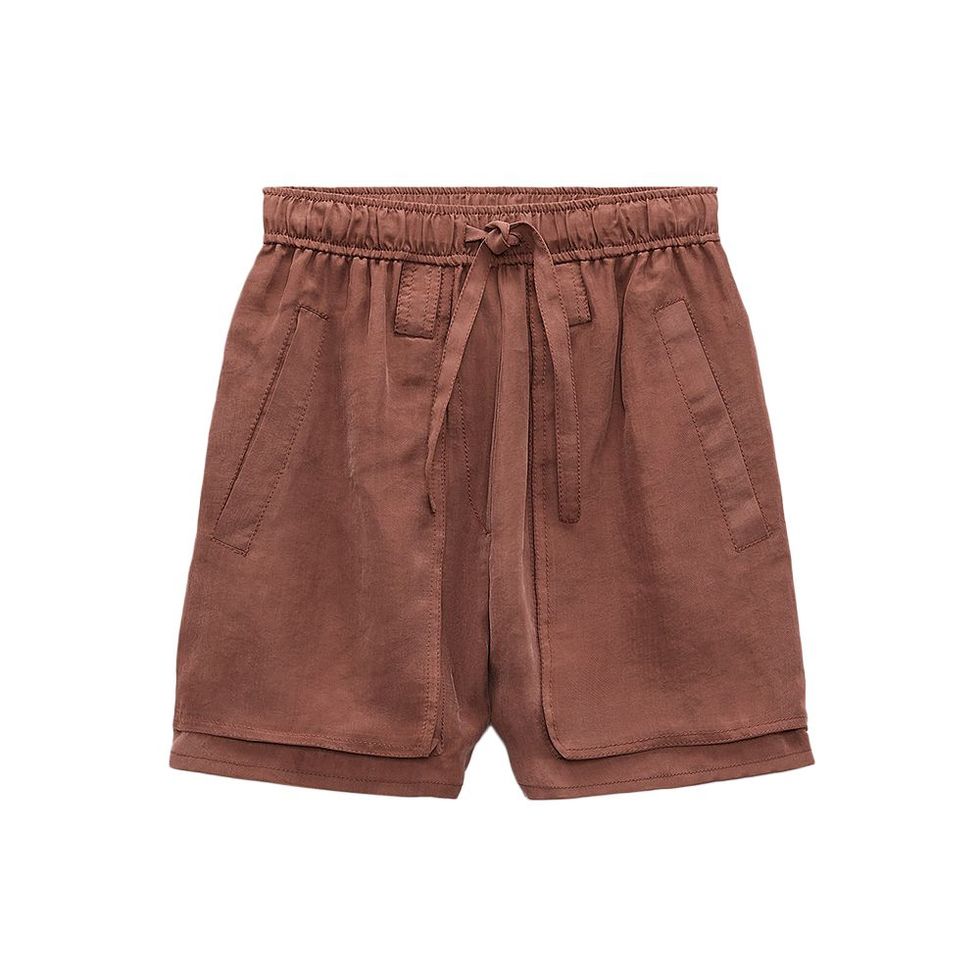The Future of Fashion Is Circular—Here’s How Major Fashion Brands Are Adapting
There are a lot of things that come to mind when contemplating the future of fashion. Maybe it’s the rise of digital fashion—as in NFTs, virtual fashion shows, and augmented reality—which seemingly all belong in a galaxy far, far away. Or, perhaps a little closer to earth, it’s the longevity of our clothes and the impact they have on the environment. By now, you’ve likely heard the term “circular fashion,” which, generally speaking, encompasses a lot. That said, it’s also relatively self-explanatory: think of it as the never-ending journey of a fashion item that starts at the beginning and goes on (and on) in various forms to expand its lifecycle. Sartorial reincarnation, if you will.
With such a focus on sustainable fashion, secondhand shopping, and climate change, it comes as no surprise that an increasing number of brands are getting into the green game with circular fashion, especially on the heels of Earth Month. After all, Earth Day—like most celebratory holidays—is not something to acknowledge once a year, and as fashion labels create new collections to invest in sustainable and ethical practices, they show (and encourage) a commitment to creating a better ecosystem within the industry at large. But the waters are admittedly still a little murky—especially when the term “greenwashing” is as much a part of the conversation as “sustainability.” This is where we could use some clarity.
“We define ‘circular fashion’ as apparel, footwear, or accessories that are thoughtfully and responsibly designed, sourced, produced, and distributed with the intention to be maintained at their highest value, with the ability to be reused, remade, or recycled,” Peter Majeranowski, the CEO of textile recycling firm Circ, shares in an email. “A key step in a fully circular fashion system is creating technology to break down textile waste and create new fibers from it [and then] creating garments that are using fibers made from recycled textile waste.”
Circ teamed up with Zara to create a capsule collection—which launched last month and is nearly sold out—of garments made using recycled fibers that can be recycled again after use. Now, you may be asking yourself, “Why Zara, a fast fashion company?” According to Majeranowski, it was the brand’s commitment to “adopt better material alternatives and invest in circularity solutions.” The tech company’s CEO goes on to say that the fashion brand was eager to dive head first into building a collection featuring Circ’s recycled polyester and lyocell. “Hearing from [Zara’s] design team that the recycled fibers were comparable to virgin material was a huge win for us, as we believe we cannot compromise on quality or design if we want widespread adoption.” With that in mind, the consumer’s buying power still reigns supreme—and it certainly helps when brands are creating beautiful and sustainable things. More requests for circular products coupled with a stronger push for change may be the answer.
And this is where you, dear shopper, hold the power. As a growing number of consumers look to new shopping methods that lead to a more sustainable future, whether that be through thrifting, choosing responsibly made clothes, or shopping other people’s closets, brands are taking notes and running with them. In the case of Circ and Zara, the two companies are repurposing garment waste into new clothes, keeping these molecules in what Majeranowski calls the “value chain” and out of landfills, the ocean, and incinerators. On a less technical level, others like denim brand AG and Coach are using their own garment waste to create new pieces. We see this in Coach’s launch of its subbrand Coachtopia—which features colorful handbags, shoes, and accessories featuring recycled leather scraps—while AG has its AGain initiative, where customers can return once-loved AG pieces to be recycled and receive a discount on something new in return. “We are able to divert thousands upon thousands of products with the AGain program, decreasing our consumption of virgin materials,” Jon Rossell, the director of marketing and creative at AG, says in an email. “To truly be circular, a brand needs to take additional responsibility to recapture the products at the end of the lifecycle.”
Even for Rossell, the brand’s efforts in making circular fashion the norm ultimately come down to mass appeal. “Getting the fashion industry and consumers educated and on board with the idea of circular fashion will spark the innovation necessary to bring the concept to scale and lay the groundwork for a more sustainable industry,” he states. “We want our consumers to see the value in thinking more sustainably and to be inspired. The same goes for the fashion industry; we hope to inspire other brands and manufacturers to innovate and push for sustainable solutions.”
For Majeranowski, that also means making responsibly made clothes accessible to everyone. “One of our key goals is accessibility—we don’t want circularity to be only for high price points or luxury, this defeats our purpose of widespread impact,” he offers. By collaborating with Zara, Circ proves that sustainable fashion is inclusive—and for both brands as well as AG, this is the goal.
When it comes to shopping sustainably—and developing more environmentally-friendly practices overall—be sure to give yourself grace. Yes, companies like Circ and AG are making circular fashion (and every step of it) more approachable, but Majeranowski wants to remind you that the process is still a journey. There are plenty of steps for you to learn and research as you develop these habits, and from there, it’s about being mindful of where you spend your money. “Ultimately, the needle is moving forward. As long as consumers support these initiatives and brands continue to improve their material inputs, we will see a more circular future for fashion,” he says.
Just in case you need some extra encouragement, take it from me, someone who’s also building better practices: don’t get overwhelmed; find out where you want to start and go from there—and if you need a helping hand, certain brands will make it easy for you.
Dale Arden Chong is the Senior Fashion Commerce Editor at ELLE.com. Previously, she was an editor at MensHealth.com and has written for Who What Wear, GLAMOUR, The Coveteur, and more. She loves fashion, food, and art, among other things—but her greatest love is K-pop idol V of BTS.


